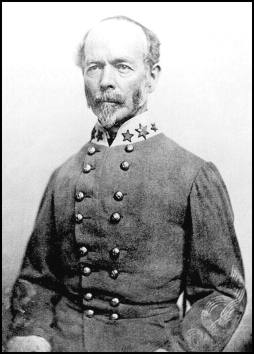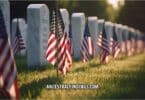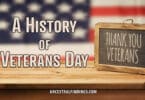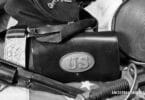
Lt. Col. J.E. Johnston
“The men are healthy looking . . . and soldierly in appearance. They march and maneuver well on foot, less so mounted, because many of them ride indifferently . . . The horses are generally indifferent.”
Well, that it explains it then. When you’ve got an indifferent horse, you probably can’t help but ride indifferently—whatever that means. The subtleties of indifferent horses and riders may be obscure to most of us today, but it meant something to Lt. Col. J.E. Johnston when he composed his report in 1859 about Fort Stanton in New Mexico.
Col. Johnston further noted that “the hospital is the best in the department and larger than is necessary in so healthy a climate . . . the patients are comfortable as sick soldiers can be on straw beds.” Johnston’s report certainly paints a descriptive picture of the soldiers’ home away from home.
Many of our military ancestors served at forts all across the country. Even though your ancestor may not have been specifically named on the reports, tapping into the Returns from Military Posts, 1806-1916 can offer you clues about your ancestor’s life in the military. This database includes more than 1,500 microfilm of original post returns housed at the National Archives.
Post returns, usually completed monthly by the post commander, chronicle the activities of the fort. The amount of detail on the returns varies from post to post, from year to year, and from form to form. In other words, you’re not quite sure what you’ll find until you scan the reports. My favorite returns include a written summary of recent events. Colonel Christopher (Kit) Carson’s 1861 report from his command post at Albuquerque reviews the month’s activities including mustering in “spies and guides.”…
Read More
Professional genealogist and writer Mary Penner has just published the biography of a thirty-year Navy veteran, preserving his military experiences. Visit her website at www.marypenner.com.






